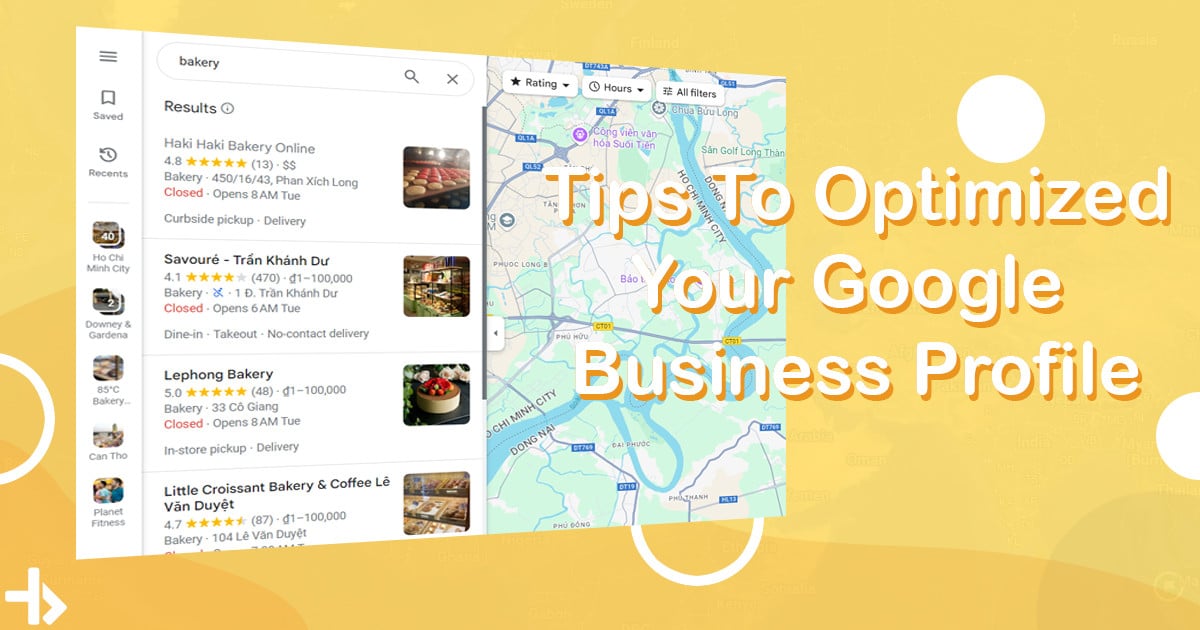Blogging can still be a great source of traffic and a way to convert that traffic for any website. But how long do your posts need to be to be effective and to get that love from the search engines? I’ve got the answers coming right up.
As human beings, we love guidelines and formulas that we can follow to get us closer to where we want to be. Whenever I recommend blogging to one of my clients as a traffic source, I wait for the question, but how long do they need to be?
While you may be expecting that infuriating answer of “it depends”, I’m going to surprise you with some very real answers that should put you on the right path of not only knowing how long they should be but will also help you with the basic structure that you can work within too.
The Bare Minimum
Let’s kick this right off with the bare minimum answer, 300 words. If you consistently post content under that length, Google’s gonna start to look at your site as a pretty shallow resource and could do you way more harm than if you posted nothing at all.
But that’s just the minimum, and I don’t recommend posting anything that low at all. And that brings us to my next point, which is that different types of posts have different ideal lengths.
So every website that wants to make blogging a part of their traffic strategy should have a really strong mix of:
Pillar posts: These dive deep into a topic and cover it extremely well.
Keyword posts: that get a little more specific into that topic.
Answer posts: which are shorter responses to common questions.
Pillar Posts
If your site is new and you want to start ranking faster for certain keywords related to your business, you should concentrate first on creating a handful of really deep pillar posts.
According to HubSpot’s research, they recommend that your pillar posts should come in right around 4,000 words.
Each pillar post should cover one overall topic inside and out. In other words, you aren’t trying to rank for a specific keyword, but rather many keyword phrases based on how deep you go into that topic.
For example, let’s say you’re a lawn care and landscaping company. One topic might be all about how to take care of your grass. Another might be to do with trees, and another with flowers. Within these topic pillar posts, you’d wanna link out to your more specific keyword posts, which are there to get a little more specific on smaller topics within the larger topics.
Keyword Posts
So just keeping in with our lawn care example, inside of that overall grass topic, that pillar post on grass, I might do a keyword post all about fertilizer, one about mowers, and one about sprinklers.
Each would be going after a specific set of keyword phrases, and the ideal length for these articles is between 1,500 and 2,000 words.
This type of post can be general overview information, such as everything you need to know about lawnmowers, or they can be how-tos, like five easy steps to the greenest grass on the block.
They can be comparisons, like this mower versus that mower, or even what we call listicles, you know, articles with a list, like our top 10 smart home sprinkler systems.
Answer Posts
Answer post is the easiest one to write, and it can often pack the biggest punch in terms of hours spent writing to the traffic coming in ratio.
All you need to do here is spend a few hours coming up with a nice long list of questions that people are asking about your topic, then one at a time you turn those questions into simple yet complete answer posts, and those should come in right around 1,500 words.
here’s how you would do this. Just start the article out by writing out the question the way that most people would type it into the search bar as the title.
Then in a new paragraph, you want to write out the short answer in three to four sentences and bold that answer text.
The guys over at Income School swear by this as a secret hack to ranking on that little answer snippet Google shows for a lot of question searches.
Then after you answer, you want to expand the answer into three to five subheadings with one to two paragraphs under each one.
So if your answer post is attempting to address the question why is my grass brown, you’d bring up the question in the title, answer it quickly, giving several possible reasons for it, and then tell them to keep reading for more in-depth answers and quick fixes for each possible culprit.
Hope this article can help you understand your blog length and guide you more the right path, if you have any questions, please comment I’d love to answer them.

![What is the perfect blog post length for SEO [Feature Image]](https://hytiba.com/wp-content/uploads/2024/07/blog-post-length.jpg)


